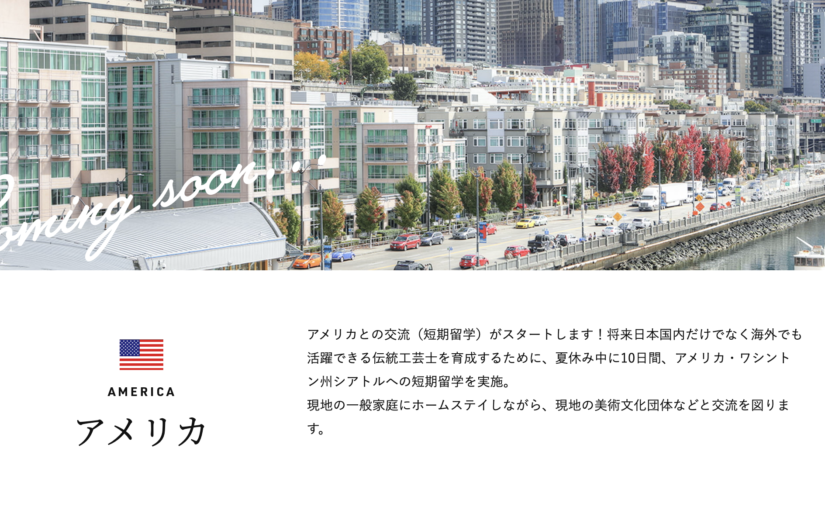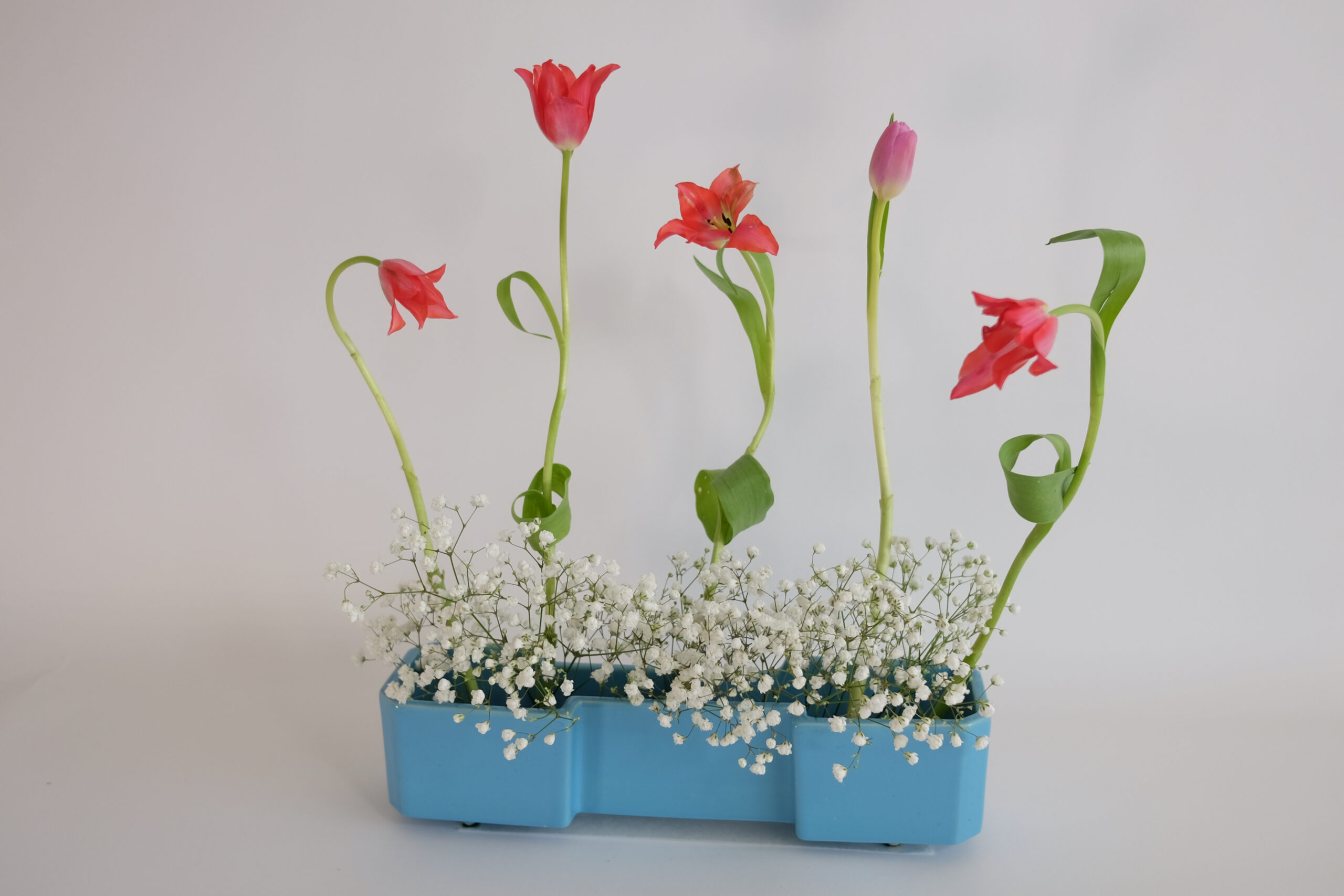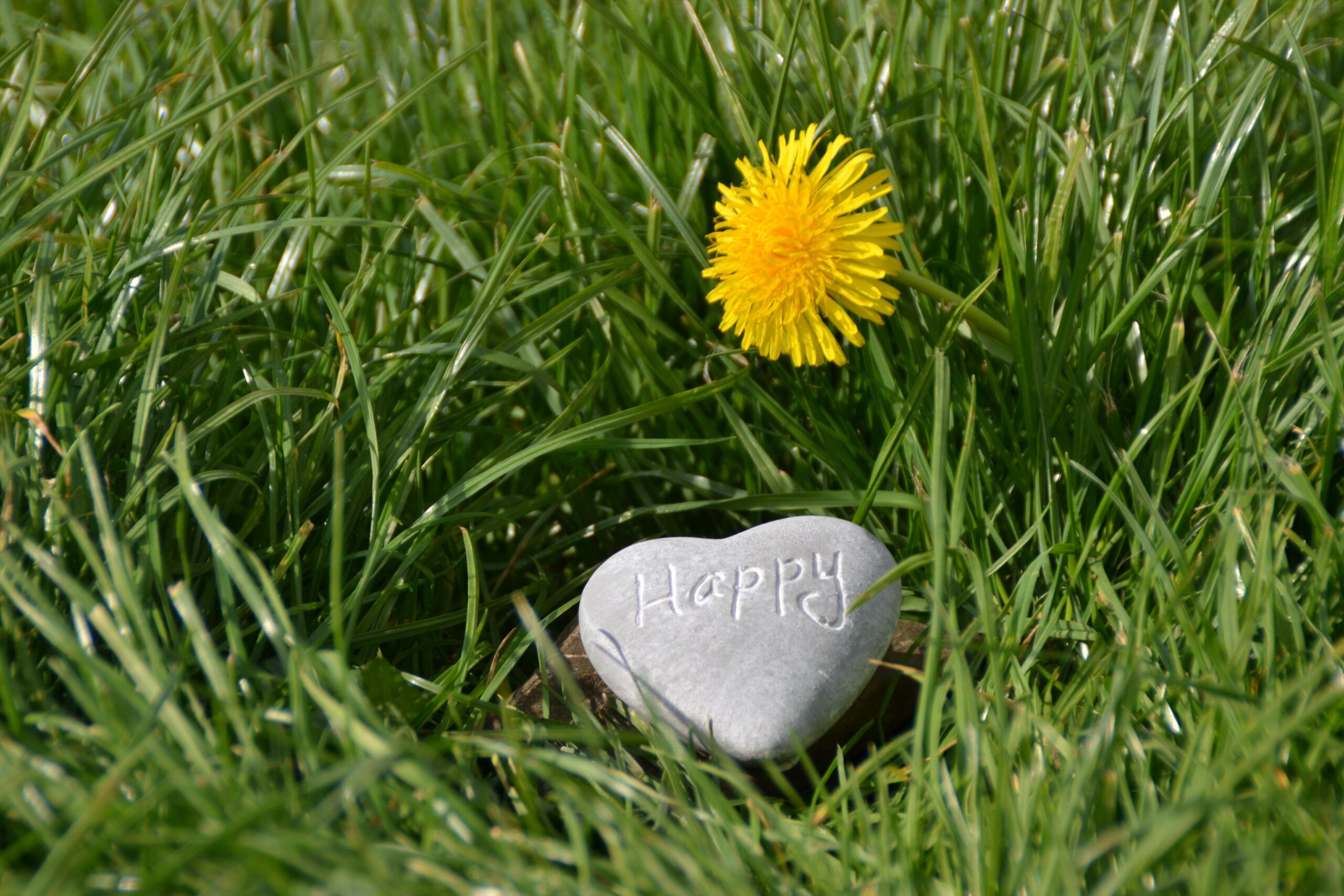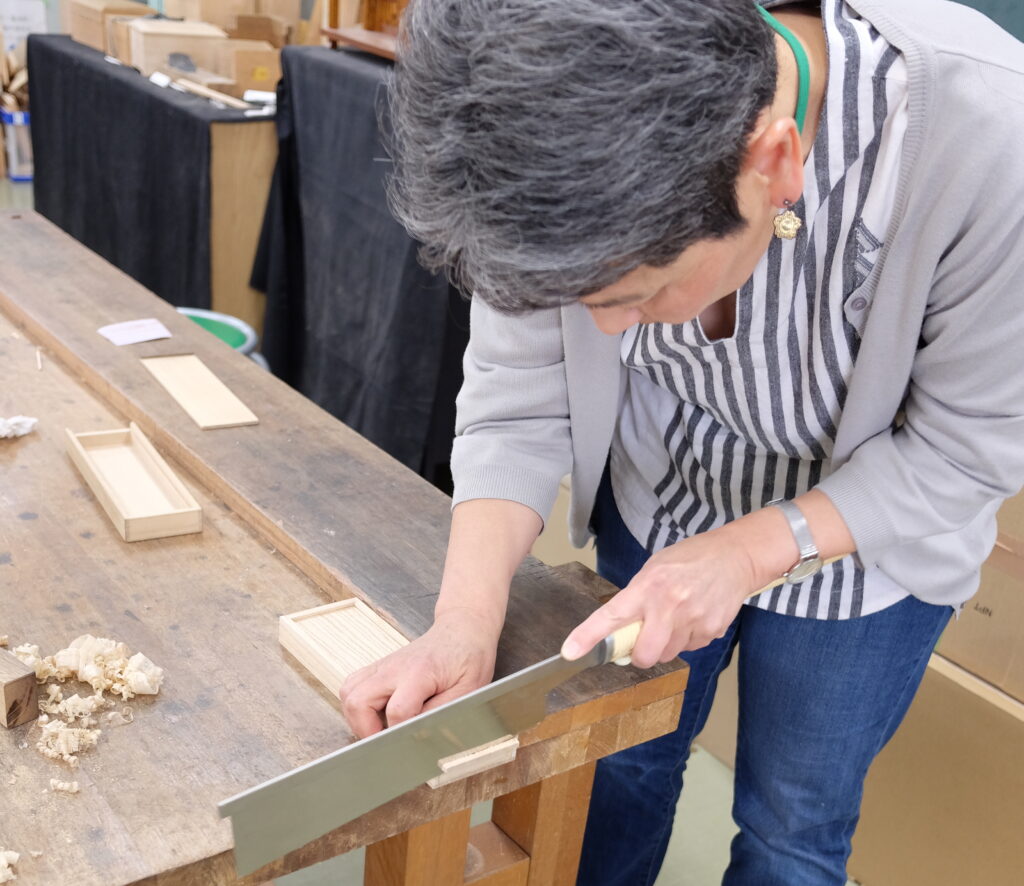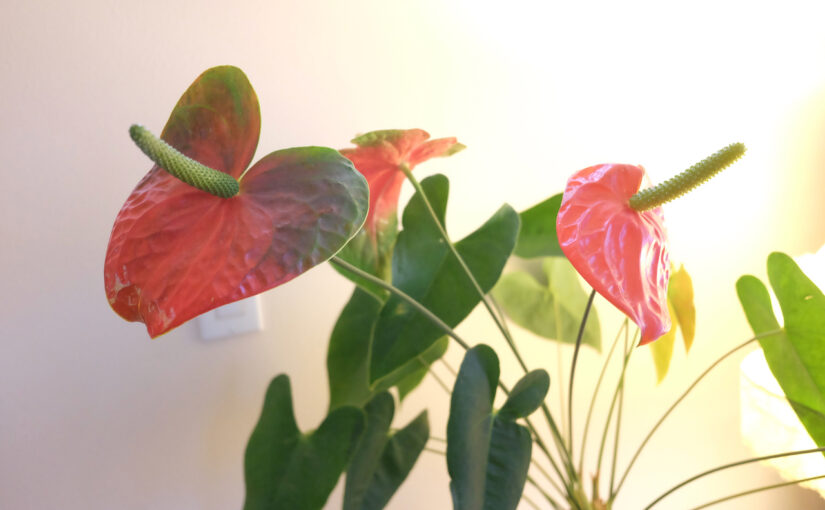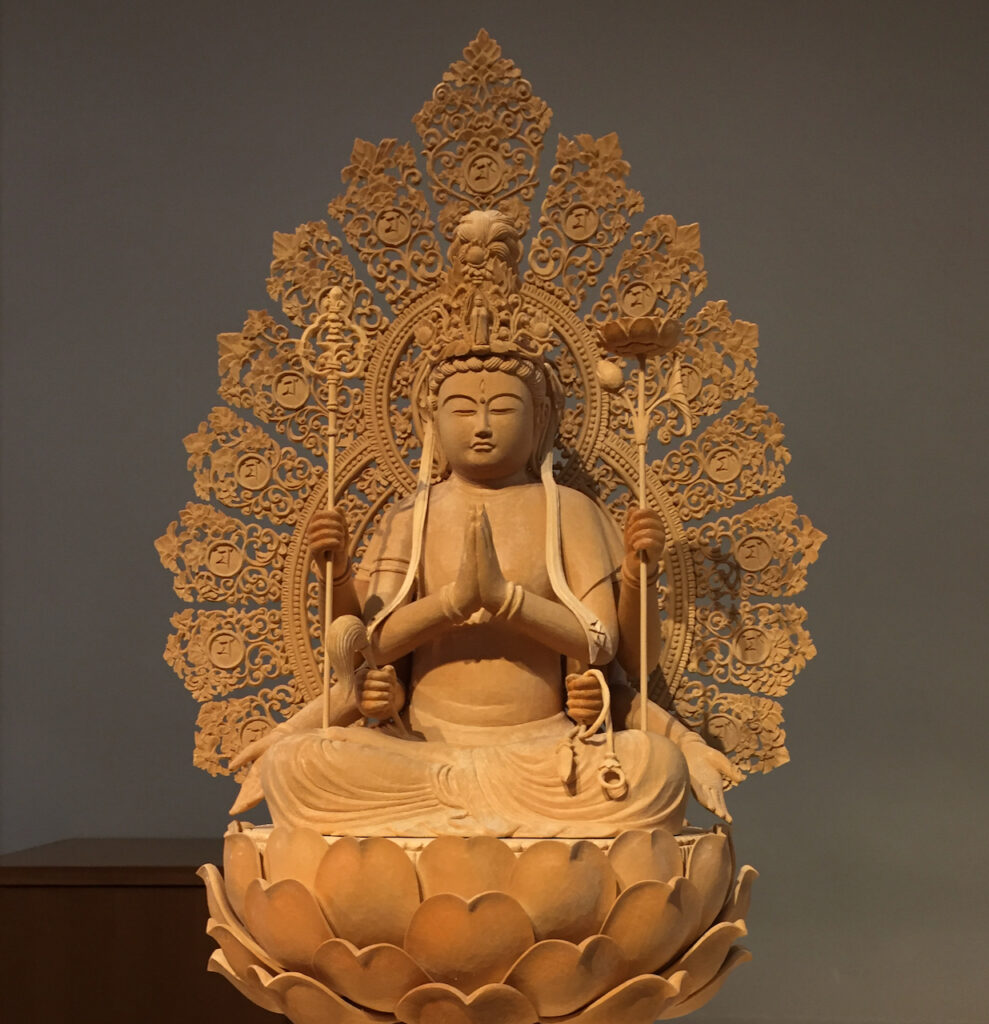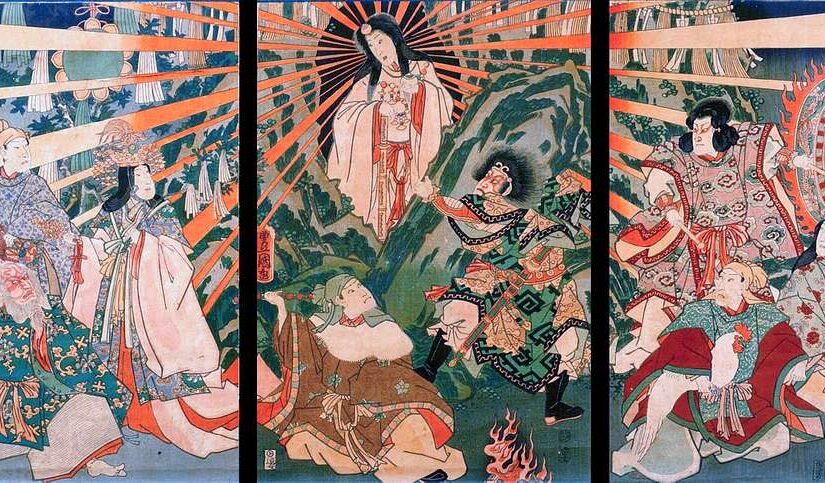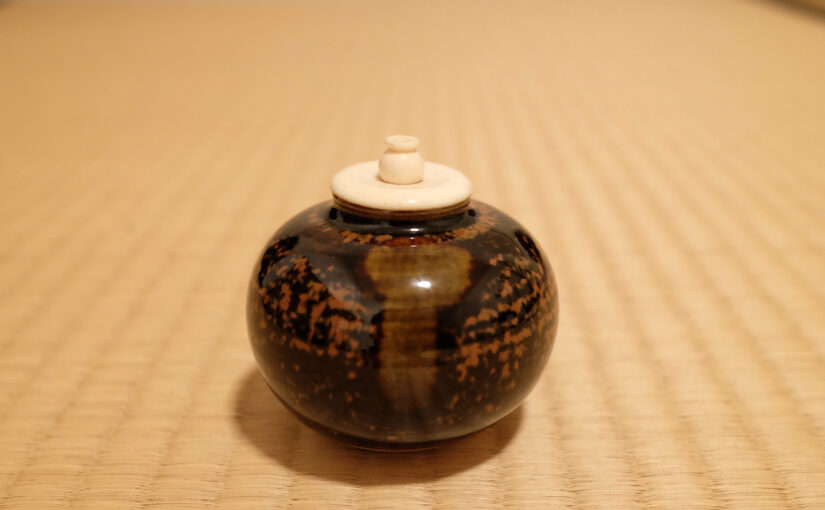Just like my life changed 40-some years ago
Image by Traditional Arts Super Collage of Kyoto (TASK)
Tomorrow is a big day for me.
Two students from TASK are flying into Seatac Airport tomorrow. Sponsored by Five Senses Foundation, the nonprofit organization I founded, these students will experience eight days of cultural exchange. After three years of delay because of the pandemic, the program is finally coming true!
The program includes:
- Visits to campuses of major US corporates (Amazon, Google, Microsoft, and Starbucks)
- Cultural workshop at Seattle University
- Tours at Seattle Art Museum and Portland Japanese Garden
- Private house tours in Whidbey island
- Staying with a local American family rather than staying at a hotel.
The students get to visit places that normal tourists wouldn’t have an opportunity to visit. They get a glimpse of how Americans learn, work, and live firsthand.
What will these two young Japanese women grasp and pay attention to? What will they be surprised, impressed, or inspired by? What impact will this week give them?
I have no idea.
I had my SUV washed yesterday. This afternoon I will start cooking for the welcome dinner tomorrow. I will do my best to navigate them, drive them, and serve them this coming week.
Most likely I won’t be able to write an article in the coming week. My apologies in advance.
My previous posts describing how this program has evolved
